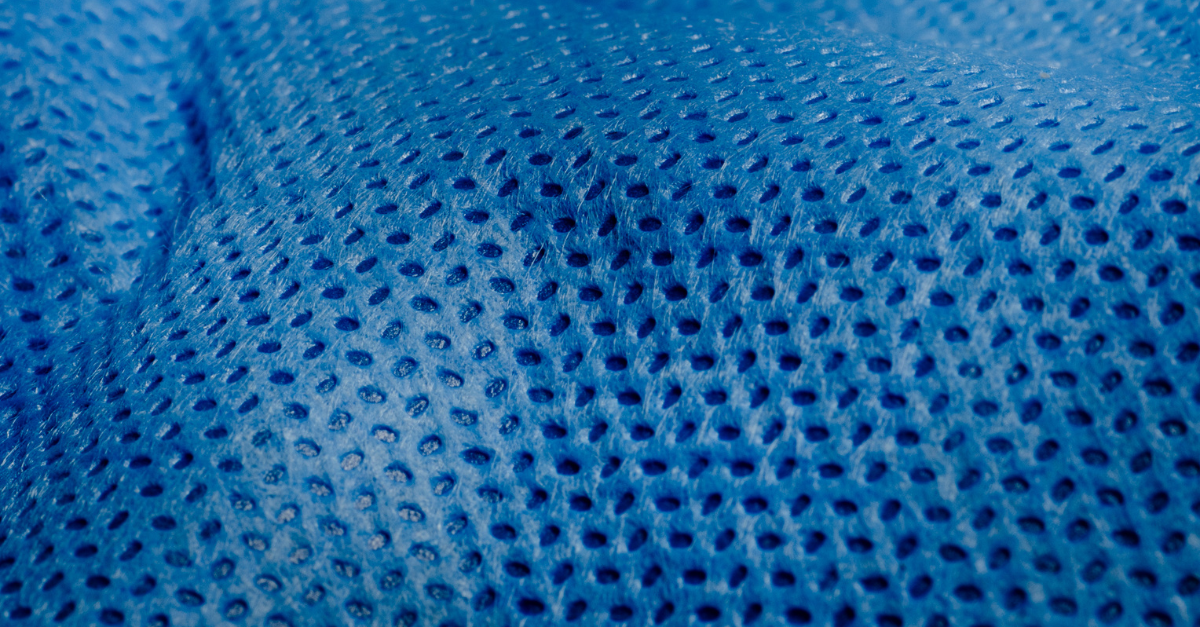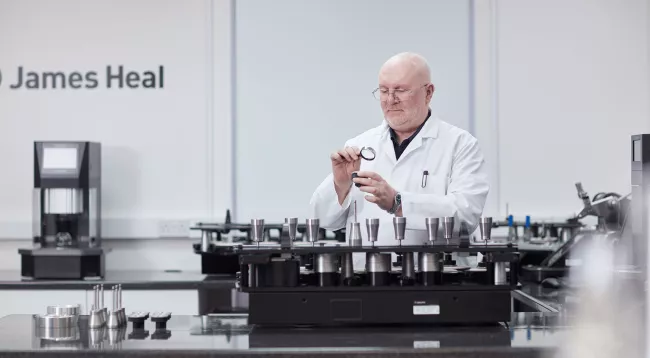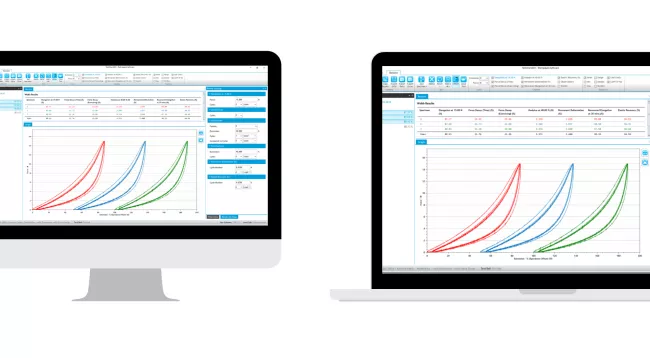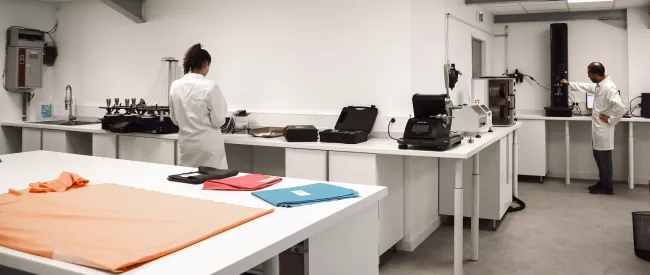Nonwovens is a high-growth subsector of technical textiles, with new applications being developed all the time – from disposable consumer products such as wipes and sanitary products, to medical gowns, face masks, home decor, clothing and construction supplies.
With such a broad spectrum of possible end uses, nonwovens producers must meet a wide range of usage applications, specifications and requirements - meaning testing for quality control and R&D purposes is crucial.
In this ‘applications insight’, we discuss this fascinating sector with James Heal Technical Specialist, Peter Goodwin.
What we'll explore in this applications insight:
- What are 'nonwoven' textiles?
- Durable vs Disposable nonwovens - what's the difference?
- What are the applications for nonwoven textiles?
- Testing nonwovens
- Why is the nonwovens sector experiencing strong growth?
- Future outlook
What are 'Nonwoven' textiles?
Nonwoven textiles are produced directly from separate fibres that are bonded together to make a flat, porous fabric engineered with specific physical characteristics - usually used to make products lighter, stronger, and better performing.
By arranging fibres using chemicals, heat, or pressure, nonwovens manufacturers are able to create fabric-like textiles for a wide range of applications - from insulation, interlining, to filtration, and protective clothing, to chemical defence suits, footwear components, and industrial workwear.
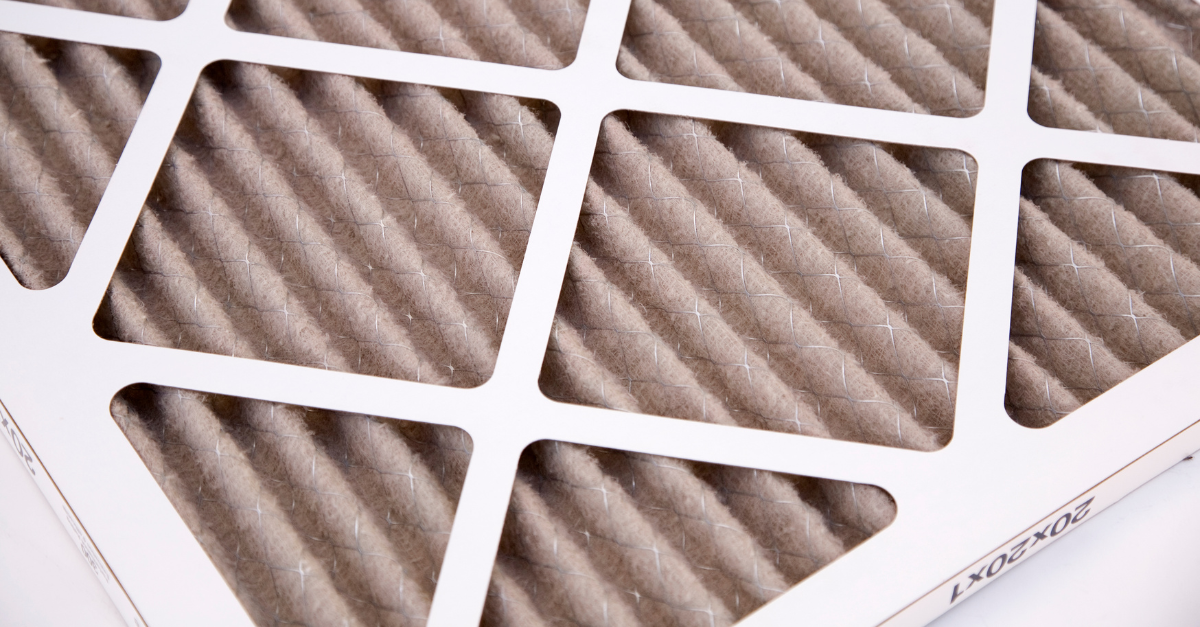
Compared with conventional textiles like cotton, linen and wool, nonwoven fabrics do not require weaving or knitting. Instead, according to Nonwovens-Industry.com, nonwovens use other methods, such as:
- Spun Bond - fibres are ‘spun’ and then directly dispersed into a ‘web’ by deflectors or directed with air streams, in one continuous process. This method is used to increase efficiency and reduce manufacturing costs.
- Wet Laid - using either synthetic fibres, glass ceramic or carbon fibres, these are mixed with either viscose or wood pulp, then suspended in water within large tanks. The ‘pulp’ is then pumped continuously, being deposited on a forming wire. The water is removed, filtered and recycled.
- Thermal Bonding - heated air is applied to the surface of the nonwoven fabric, followed by suction to create ‘negative pressure’ and pull the air through the material as it’s drawn through an oven. This method enables quick and even heat transmission to limit distortion of the nonwoven material.
- Meltblown - by extruding melted polymer fibres through a spin net or die, long thin fibres are produced, then stretched and cooled by passing hot air over the fibres as they fall from the die. The material or ‘web’ is then rolled and converted to finished products. This method produced very thin fibres, with low intrinsic strength but useful in products such as respirators, face masks and filtration.
Durable vs. Disposable Nonwovens - what’s the difference?
Nonwovens can be classified as either ‘disposable’ or ‘durable’, with the disposable market growing slightly faster than durables, as consumer demand has grown for high-quality, convenience products such as cleansing wipes.
- Disposable Nonwovens are typically absorbent hygiene products (e.g., nappies/diapers, feminine, medical), wipes, and medical protective apparel—therefore Healthcare is a key industry driving this segment.
- Durable Nonwovens are typically used within the Filtration, Home/Office Furnishing, and Construction industries.
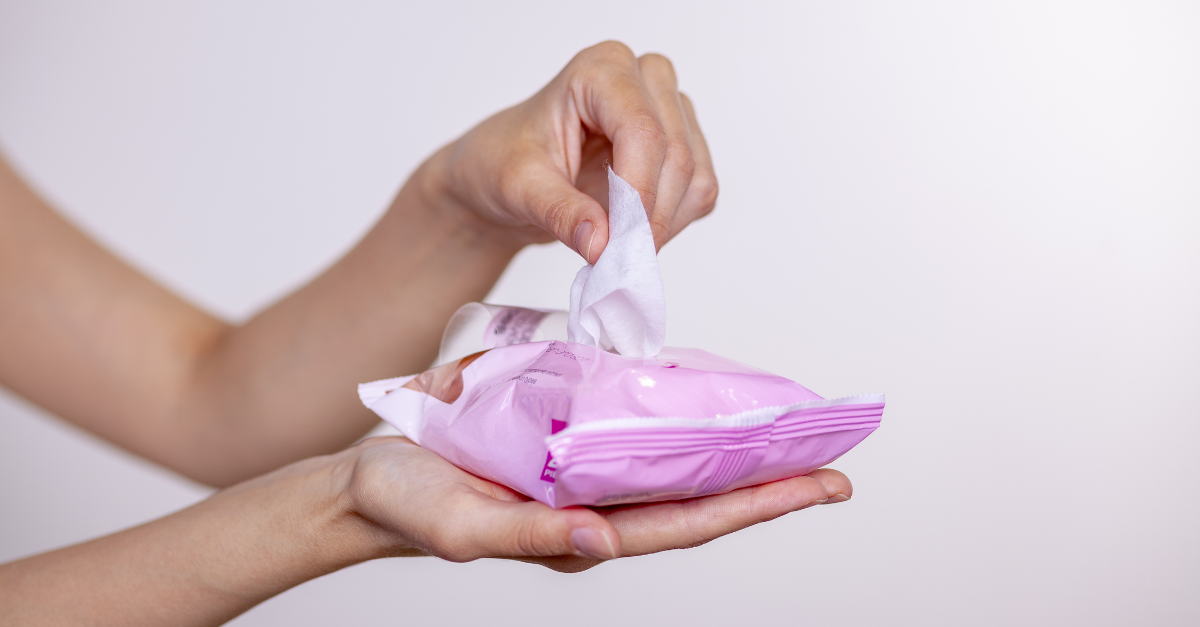
Peter Goodwin"When we think of nonwovens, we quickly realise that life as we know it would be impossible without them". -
What are the applications for nonwoven textiles?
“When we think of nonwovens, we quickly realise that life as we know it would be impossible without them,” says Peter. “Applications for nonwovens are so widespread across many different verticals, as they can be used in various consumer and industrial products across the automotive, personal care and hygiene, building and construction, healthcare, and filtration industries."
"Example products include nappies / diapers, baby wipes, medical supplies, carpeting, and agricultural coverings. This is only a small list - the end uses are vast,” explains Peter.
Testing nonwovens
Nonwoven manufacturers need to find ways to accurately replicate the conditions their products are put through in the real world. There are numerous test methods used in order to establish nonwoven characteristics and determine their end-use applications. These include advanced wound care applications, construction applications, medical devices, life sciences or industrial uses.
Regarding standards, when compared to conventional textiles, the standards used for testing technical and nonwoven textiles are still some way behind. “There are various committees involved in the process of developing industry standards for nonwovens testing,” says Peter.
“Despite the lack of established standards for nonwovens testing, brands and manufacturers still engage in robust testing programmes to ensure quality meets the expectations demanded by customers in these markets, especially in healthcare and personal care.”
Some of the most common test types for nonwovens include:
- Absorbency
- Abrasion
- Bursting Strength
- Air Permeability
- Moisture Permeability (water vapour transmission)
- Elongation
- Tear Strength
- Snagging
- Washing and Drying
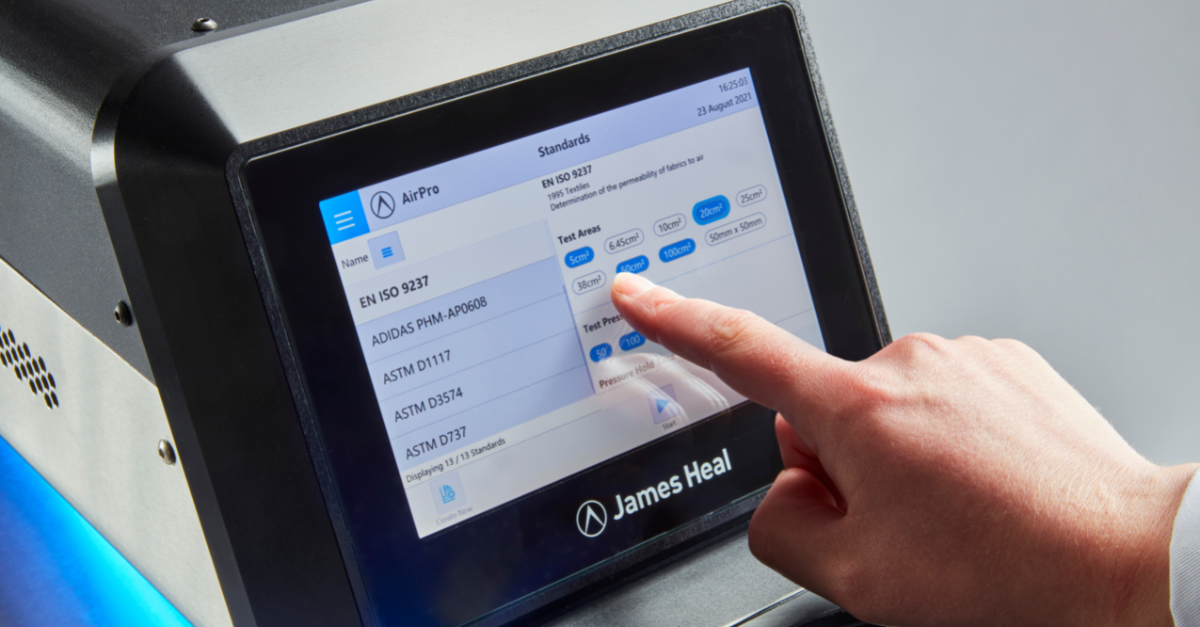
Peter Goodwin“Testing nonwovens is not that different from testing traditional textiles. Any material that needs to show how air interacts can be tested with traditional textile testing equipment, although slight modification may be required to existing testing equipment”
Testing both the product, and process performance of your nonwoven materials helps to identify and control key physical characteristics within acceptable ranges - to provide quality assurance, solve problems, and enable innovation through continuous improvement.
Why is the nonwovens sector experiencing strong growth?
According to market research firm IMARC Group, globally the nonwovens market has experienced high growth, reaching a value of US$ 39.8 Billion in 2021, and is expected to reach US$ 57.9 Billion by 2027 - with a CAGR of 6.4% from 2022- 2027. So what are factors driving growth in this sector?
- Flexibility
“Nonwovens are highly adaptable by nature. They are engineered to provide particular properties suited to desired end uses. For example, nappies (diapers) can be constructed of two different layers of nonwoven fabrics: an outer layer composed of wetting-agent treated polyester that will permit rapid fluid penetration, but with minimal lateral weaking, and an inner layer of absorbent rayon. Thin, high-filtration nonwoven fabrics for surgical masks can be composed of micro denier fibres.”
- Innovation/technology
Market demand for better quality, durability and wearer comfort has pushed suppliers and brands to ensure they are testing all components of a garment/product more frequently at each stage of the manufacturing process.
This in turn has created new routes for innovation, introducing newer, improved materials to meet demands for high quality, performance fabrics across all sectors - especially construction, healthcare and medical.
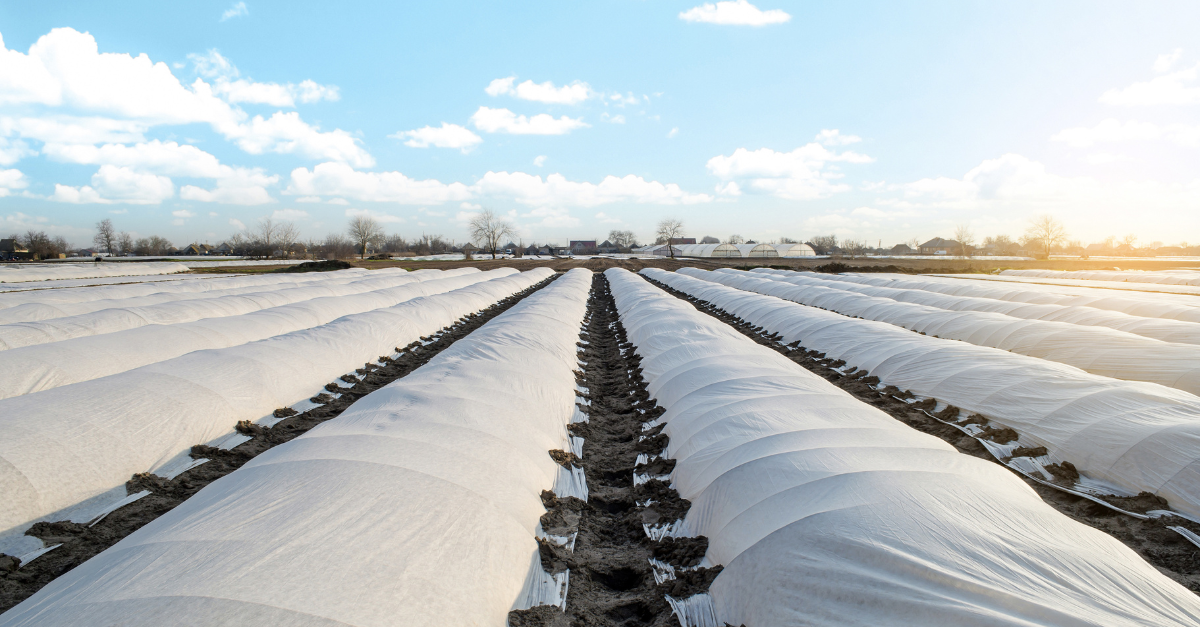
“Brands are looking for a competitive advantage in their markets, so by introducing new fabric technology and materials, this drives the need for regular testing,” adds Peter.
Furthermore, the increased use of ‘disposable’ nonwovens, has led to growing concerns around the burden which they place upon landfill and other waste disposal methods. This is driving more innovation in an attempt to develop and introduce more efficient biodegradable fibres.
- Higher demand for protective and performance nonwoven materials
The highest growth markets for nonwoven materials, as of 2021 were:
- Healthcare/Medical/PPE
- Construction
- Filtration
- Automotive
- Home textiles
Future outlook
With diverse use cases for almost any absorbent application, the future outlook for nonwovens products is looking extremely positive. The demand for new technology, techniques and materials, is driving more frequent testing during product design for nonwovens products, and thus, driving demand for reliable, accurate materials testing.
James Heal instruments enable brands, manufacturers and independent labs to carry out the necessary tests on your nonwovens materials to validate claims and ensure intended performance, create consumer confidence and loyalty in your brand.
Learn more about the James Heal performance testing range.

Contact us today
Get support from the textiles testing experts and talk to us about your testing requirements.
